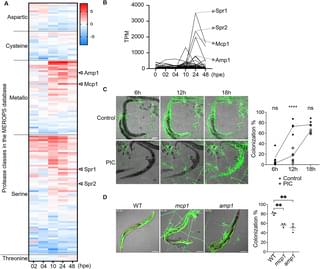Dec 26, 2023
Use Of AI In DeepFakes Accelerating Risks To Companies
Posted by Gemechu Taye in categories: robotics/AI, sex
Board directors and CEO’s need to increase their knowledge of Deep Fakes and develop risk management strategies to protect their companies. Deepfakes are videos or images that often feature people who have been digitally altered, whether it be their voice, face or body, so that they appear to be “saying” something else or are someone else entirely.
You may recall the trickery of the video in 2019 showing Tesla cars crashing into a robot at tech convention causing havoc or of Wayfair false information involved in child sex trafficking through the sale of industrial cabinets. Even Mark Zuckerberg has been inflicted by deep fakes from a video where he was allegedly thanking U.S. legislators for their inaction on antitrust issues.
Unfortunately, deep fakes are incredibly easy to produce having gone mainstream and with AI, there are even more accelerated risks to plan for.

















